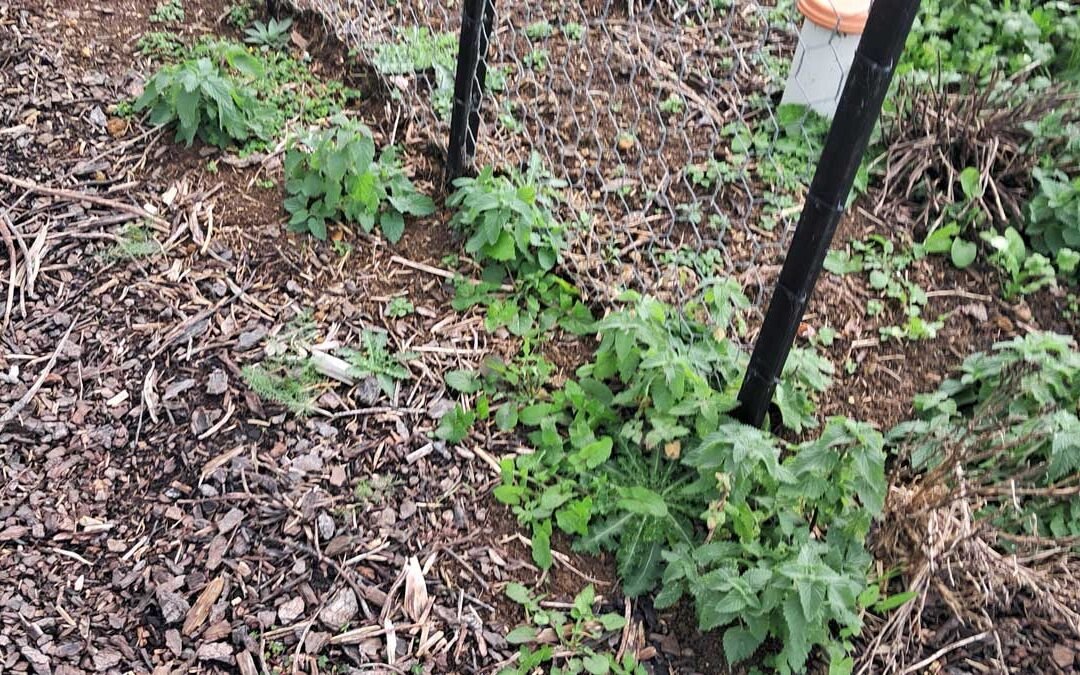Every year I have to spend a few hours over winter taming the catnip. It grows all over the place in my somewhat messy, but rather large vegetable garden.
As well as being a revenue stream, catnip helps bring beneficial insects into my garden, smells nice, and makes our cats happy.
But there’s a few jobs to do throughout the year to make “New Zealand’s Dankest Catnip”, and some of the most important are happening now.
There are two jobs to take care of over winter in regards to the catnip: give the big plants a haircut, and transplant the seedlings to the places I actually want them growing.
A bad haircut
Cutting the plants back now ensures long straight stems when it comes to harvest. That in turn makes drying and processing much easier.
Under the big bushes lie fresh new growth, ready to burst forth. It’s that new growth I’ll be harvesting later on in the year to sell as Kat’s Nip in 2026.
Generally, I hack it back with a Niwashi knife. I throw the old stems on the lawn to be mowed up.
You might wonder why I don’t dry the catnip I’m hacking off.
There’s a few reasons, but the most important is it’s not the best. There’s an ideal harvesting window when you’ll get the best results from the plant—the strongest catnip—and it’s not now. The quality of what I sell is important to me.
It’s also harder to dry it naturally in the wet and cold conditions we get over winter. And so it gets mowed and usually put back into the garden as mulch.
Transplanting
Catnip plants generally live for 2-3 years, then they need to be replaced with newer plants. There’s never any shortage of catnip seedlings in my garden beds. It self-seeds each year as I let the majority of the plants live their natural lifecycles.
So I dig the seedlings up from the middle of the beds and paths, and transplant them along garden borders where they’re easy to harvest, look attractive, and attract pollinators into my garden.
Sometimes I’m replacing plants, sometimes I’m establishing new rows. I’m pretty selective with which individual stems I eventually harvest, so I grow way more than I really need.
It always makes me a little sad to throw out a whole plant, but once all the available space is filled, they’re just weeds.
The process begins
It’s a new year, a new beginning. It’s important to get this work done now.
The trimming makes the stems much easier to work with later. It means all the growth is fresh, new, with maximum light exposure.
Transplanting over the winter months gives the plants time to settle in over the rainy period, and sets them up to be just as productive as the older ones come summer.
There’s plenty of Kat’s Nip available as loose-leaf catnip or biodegradable cat toys over on the Kat’s Nip website if this wee glimpse has inspired you to grab some for a feline friend.
There’s also a lot of cute pictures of cats, in case that might be more relevant to your interests.


